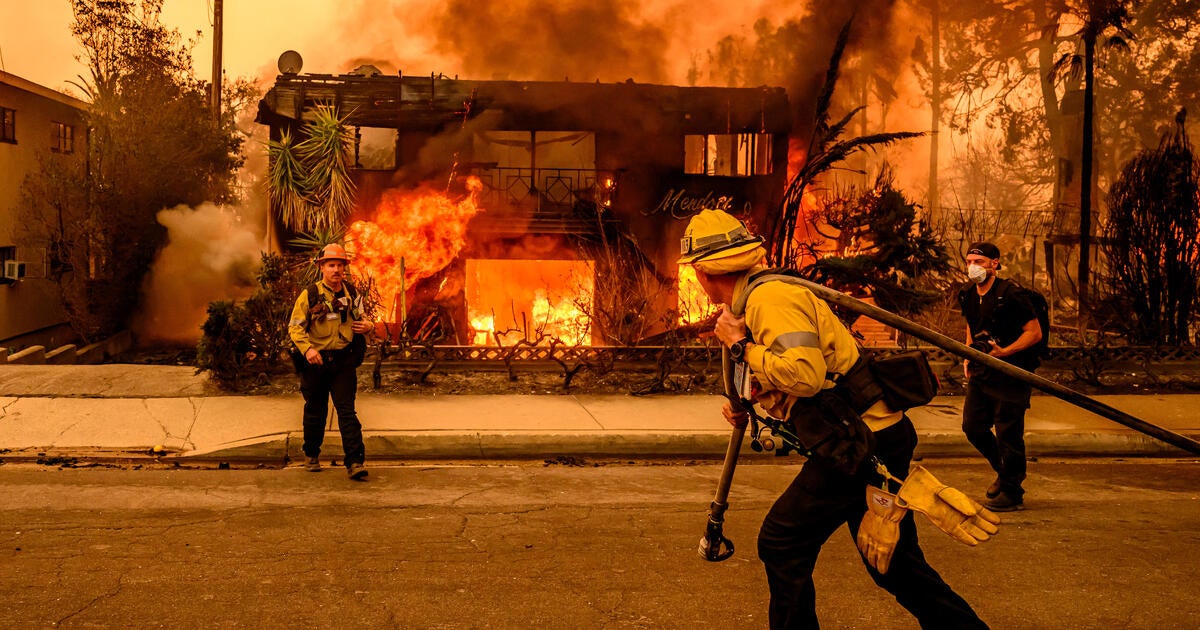Blazing Science: Firefighter Health Breakthroughs Revealed After L.A. Infernos

In the aftermath of the devastating Palisades and Eaton wildfires that swept through Southern California, scientists are just beginning to unravel the potential health consequences faced by brave first responders. These heroic firefighters and emergency personnel who risked their lives battling the intense blazes may have been exposed to a complex mix of hazardous smoke, toxic chemicals, and microscopic particulate matter.
Preliminary investigations are now underway to assess the long-term health impacts of these extreme fire events. Researchers are collecting comprehensive data to understand how prolonged exposure to wildfire conditions might affect the respiratory, cardiovascular, and overall well-being of these frontline emergency workers. The study aims to provide critical insights that could help protect future first responders and develop better safety protocols during wildfire emergencies.
While the full extent of potential health risks remains to be determined, this emerging research underscores the critical importance of understanding and mitigating the hidden dangers faced by those who protect our communities during some of nature's most destructive events.
